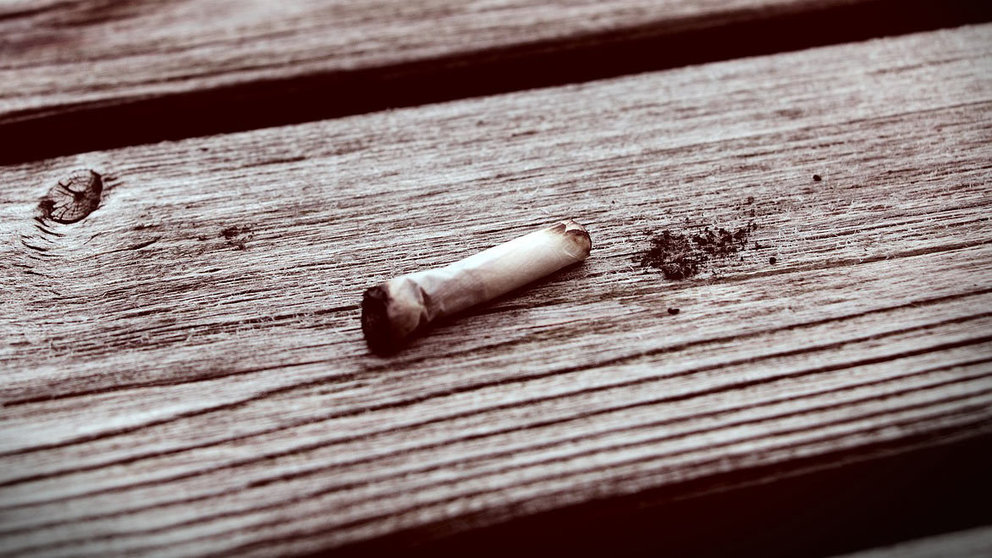In recent years, there has been an increase in the number of pupils in grade 9 who have used cannabis or simply experimented with this drug.
A study published by the Institute of Health and Welfare (THL, for its acronym in Finnish) shows that in 2019, among students in 9 grade of basic education, 13% of boys and 9% of girls admitted having experienced with cannabis at some point during their lives. In 2015, the corresponding rates were 10% and 7%.
These figures were revealed by the European School Survey Project on Alcohol and other drugs (ESPAD), conducted every fourth year in European countries. Pupils turning 16 during the year of study (in Finland, those on grade 9 of basic education) participate the survey.
THL experts are not only worried about the increase in cannabis consumption. They are also concerned that an increasing number of young people believe that cannabis use implies little or no risk for their health. And many more believe that access to this drug is easy.
The news of the increase in cannabis use among schoolchildren came three weeks after a citizens' initiative forced Finnish Parliament to consider decriminalization of the use of this drug. Surprisingly, this proposal has been publicly supported by ministers of the Interior and Social Affairs and Health, Maria Ohisalo (Green Party) and Aino-Kaisa Pekonen (Left Alliance). However, prime minister Antti Rinne (Social Democratic Party) has expressed his rejection.
Alcohol use declining
A promising trend is that maintaining a sober lifestyle continues to be common among young people: the share of pupils abstaining from alcohol use has increased from some 10% in 1995 to 31% in 2019.
According to THL, binge drinking has continued declining among boys, but this drop seems to have halted among girls. At the turn of the century, around half of the young people had drunk at least six portions of alcohol at once during the previous 30 days. In 2019, only 22% of young people did this. The differences in binge drinking between boys and girls are minor.
Young people also more often consider that drinking heavily on a single occasion as well as small portions at a regular rate involves major risks.
3% experimented with other drugs
“The frequently presented view that an increase in cannabis use could be caused by a reduction in alcohol consumption does not appear to hold true, at least among under-aged people”, says senior researcher Kirsimarja Raitasalo of the Finnish Institute for Health and Welfare.
“During the entire observation period, cannabis use has been more common among the young people who use alcohol, particularly those regularly engaged in binge drinking, compared to those abstaining from alcohol use. It appears that cannabis has not replaced alcohol, but has instead been adopted alongside it”, she continues.
THL says that using other illegal drugs "is uncommon among 15-16-year-olds". Only 3% of the young people reported having experimented with some drug other than cannabis at some point.
Snuff use increased among girls
According to the survey, daily smoking has decreased considerably. In 2019, around 8% of pupils in grade 9 smoked daily, compared to 20% at the start of the decade.
However, the increase in snuff use had emerged as an additional challenge in the 2010s. While experimenting with snuff has reduced among boys after 2015, the rates have increased among girls. This year, 35% of boys and 19% of girls used snuff at some point. Around 10% of boys and girls had used snuff within the previous 30 days.
“To prevent harm caused by substance use, it is important to provide factual information about intoxicants everywhere where we encounter young people. Educational institutions and municipal youth services play a key role in disseminating information. Supporting families with children starting when the children are little is of primary importance for the prevention of distress and risky behaviours, such as substance abuse”, Raitasalo says.
International report of the ESPAD survey will be completed between August and September, at which point it will be revealed how Finland compares with other European countries.
THL says that alcohol use has continued to decrease and no changes have occurred in cannabis use in Sweden and Norway, where both alcohol and cannabis use rates are somewhat lower among 15-16-year-olds than in Finland.










